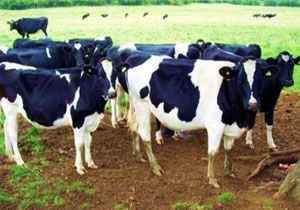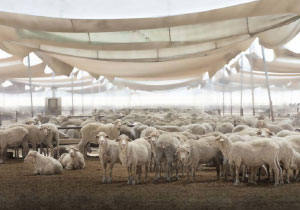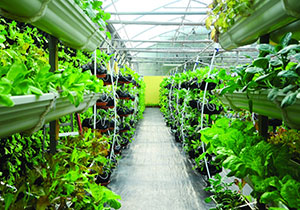Smart Farm
- Super User
- Farms
- Hits: 129
Making smart farm
The smart farm is a farm in which traditional and manual processes are replaced by new technologies. The smart farm has the minimum need for humans by using new tools. In the smart farm, the process of growing, planting, harvesting, and supplying the product is done using technology and without human intervention. This process is called smart farming.
Smart farming refers to the concept of farming management which uses modern technology to increase the quality and quantity of the products. This procedure includes the aspects such as the Internet of things (IoT), data management, soil scanning, and availability of GPS and other smart technologies. It is noteworthy that according to future research of agriculture, the costs of this industry decrease significantly by using smart farms.
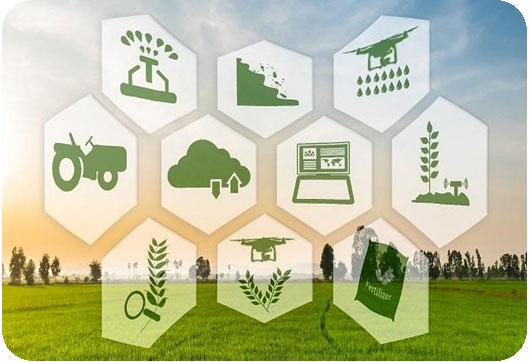
Development and growth of agriculture with smart farms
According to future research in farming, the amount of used soil in agriculture has decreased 0.7%. While population growth has been significantly decreased compared to the previous generation. In addition, food production has become a crisis for some countries, and future research results are not positive considering the other countries' situation.
Based on the future research results in agriculture, the world needs to increase productivity to save or increase its food production. Even though, with the current situation, if we follow traditional agriculture, productivity is not possible without pushing the environment.
The smart farm presents a bright future by introducing new effective technologies to decrease cost, better workability, and high-quality products.
For example, with smart farming, you have the chance to observe your farms' needs effectively, use manures and pesticides properly, and adjust using some agriculture methods to obtain a healthier production.
The new technologies' effection on smart farms
Most of the traditional agricultural operations have been changed. Changing from traditional agriculture to modern agriculture owes future research in agriculture, technology development, and using new agricultural methods such as using machinery, devices, sensors, and information technology. Today, farmers use advanced technologies like aerial imagery, heat and temperature sensors, GPS technology, and robots. Agricultural technology causes consistent, safe, and beneficial farming.
Many active technology companies have focused on developing smart farms. So the farmers can manage their land with some simple clicks.
Technology development, internet growth, and smartphones helped validation f technology in agriculture. Today the world understands the value of future research and using technology in agriculture. Most of the countries are intensively following agriculture's exact technique implementation.
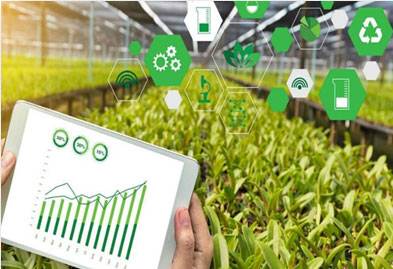
The advantages of smart farms
There is no need to use pesticides, fertilizers, and water all over the land. The entrance of technology in farming and especially smart farming, allows the farmers to use the minimum amount of these elements and use them in some parts of the land, or even use them occasionally. While time, an important component of agriculture, has turned into an insignificant matter. Because the speed of the processes has reached its maximum. This is not the only advantage of the smart farm.
According to future research the advantages of the smart farm are:
Increase productivity in smart farming
Reduce the use of pesticides, fertilizers, and water
Consistency with the environment
Increase in farmer and laborer safety
High productivity in smart farming:
The use of technology in agriculture after the adoption of smart agriculture guarantees better benefits, because in this way, the effort is to receive inputs and reduce resources.
Reduce the use of pesticides, fertilizers, and water:
The farmers used to utilize water, manure, and pesticides without exact determination of the spot. But in the smart farm, you can use a proper amount of water and other chemicals at any required time and place. The food price declines with the reduction in agricultural cost and usage of these chemicals.
Smart farming; consistent with the environment:
Today, the smart farm presented better methods to increase productivity. It also minimized the waste of chemical substances, water, and other used elements on the farm. The result is you do not have to expose the area to unnecessary harmful chemical substances. You can use them in case of a severe need. As a result, chemical substances do not enter the river and do not deposit in nature. Using less manure and chemical substances in agriculture gives healthier foods and the future.
Increase farmer and laborer safety:
Smart farming limits the laborer's participation in the farm, using machinery and technology. So there is no need to worry about the farmer's and laborer's safety.
How does the internet of things (IoT) help you in agriculture's process?
Technologies and the internet of things can transform farming in many aspects. There are 5 ways for the internet of things (IoT) to improve agriculture:
•Data collection by smart farming sensors
•Better control of internal processes and decrease in production dangers
•Cost management and reduction of wastes due to increasing the production control
•Increase business profits through process automation
•Improvement of the quality and products' volume, better production process control, and maintain the higher standards
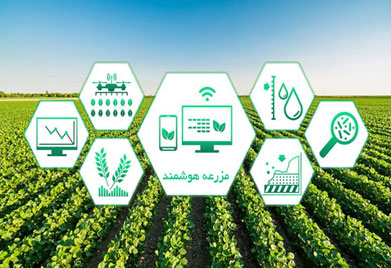
The internet of things usage in farming:
-Organization and management of the livestock
The smart tools of agriculture are Weather stations, a combination of agricultural smart sensors. They gather information from different places and send it to the database. The presented measurement can be used to determine the exact weather condition, choose the proper crops, and take proper actions to improve the capacity (like accurate farming).
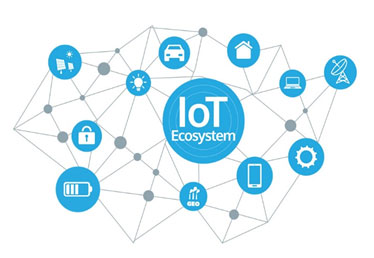
-Farm management systems
In addition to providing the environment, weather stations can automatically adjust the conditions as specified. In particular, greenhouse automation systems use a similar principle
-Product management
Another production of IoT in agriculture, and a component of accurate agriculture is the product management devices. Just like weather stations, they should be placed on this field to gather agricultural information from:
temperature, rain, leaf's potential, and the whole product's health. So, you can control any dissonance.
-Greenhouse automation
The more complex procedure to IoT in agriculture can be shown by productivity management systems of the farm. They include several agricultural IoT devices and installed sensors in place. These powerful systems are built with analytical abilities and accounting features (reporting). These abilities provide the farm with remote monitoring and able you to simplify business operations. In addition, they have prominent features like vehicle tracking (or even automation), storage management, logistics, etc.
-Weather observation
Just like product monitoring, some IoT agricultural sensors (IoT) can connect to the farm's animals to control health and input functions. This is similar to the IoT device for protecting animals.
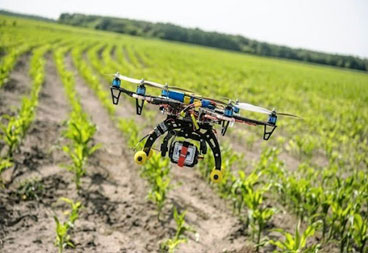
Drones in agriculture
The specific UAVs for agriculture are one of the most important parameters including ground and aerial UAVs, for product's health evaluation, watering, product monitoring, crop spraying, planting, soil and farm analysis, and other areas.
Since the aerial UAVs gather multi-spectral, thermal pictures during flying, their gathered data present comprehensive information for farmers such as:
several measurement types, mapping vegetation, mapping ponds, forecast reports, savings measurement, chlorophyll measurement, amount of nitrogen in wheat, mapping drainage, mapping weed, etc.
The important point is that smart farming, based on IoT, does not include a big scale agriculture operation management, for example, a several-hectare farm. This system can help new agricultural methods such as organic farming, family farming, nurturing especial cow/cultures, maintaining plant properties, improvement of plant quality, etc. It can also increase profit in agriculture significantly in terms of clarity for consumers, society, and market consciousness.
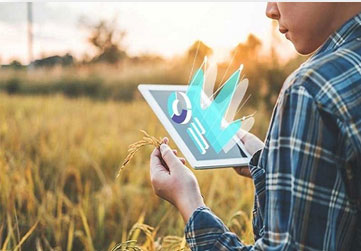
The third green revolution
Smart farming and agriculture based on IoT provide grounding for the third green revolution. After breeding animals and plants revolutions, the third green revolution is capturing the industry of farming. This revolution results in the combined function of the technology of data-based analyzing, like accurate agricultural facilities, IoT, big-data analysis, unmanned aerial vehicles (UAVs and drones), robotic equipment, etc.
In the future of this smart agriculture revolution, using pesticides and manures decrease while its efficiency increase. IoT technologies provide better tracking of food which causes healthier food and higher productivity of plants. Also, more efficient usage of water or optimization of plant care and controlling them will be useful for nature.
So, smart farming has a real potential to present a production more stable than production in the traditional methods of agriculture. All of these are based on a scientific procedure and optimized usage of resources. New farms will finally make humans' dream comes true. It is the only possible way of food ground through agriculture for the world population (which might reach 9.6 billion until 2050).






